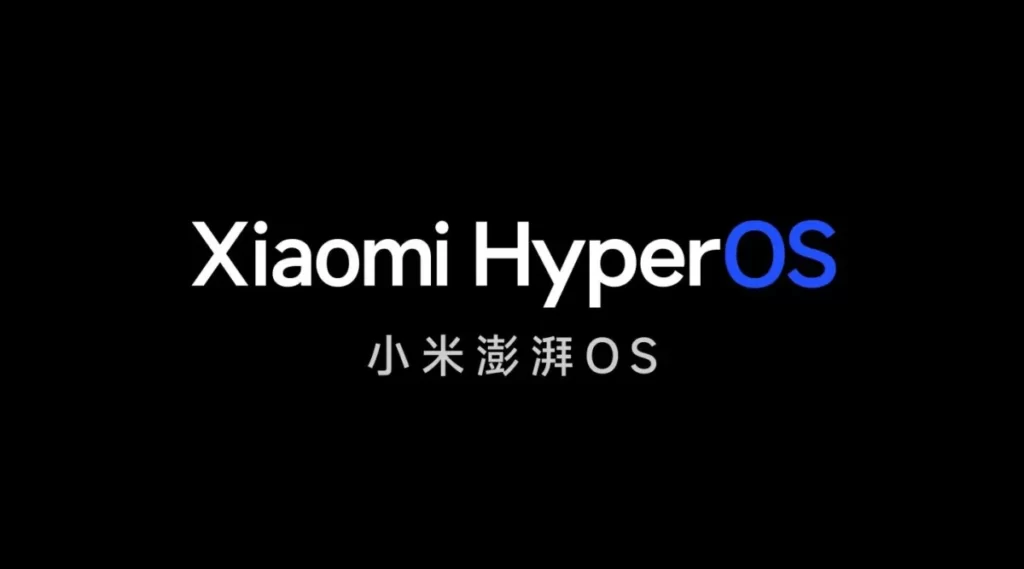
Photo: Xiaomi
It’s hard to imagine Xiaomi without its MIUI interface. That’s where it all began. Long before Xiaomi became a smartphone brand, the young company focused on developing the MIUI interface for Android, which was offered for installation on devices from other manufacturers like Samsung or Google.
It was then an alternative ROM, much like CyanogenMOD at the time. Thirteen years later, Xiaomi has become a multinational corporation with a presence in many territories and a wide range of products. It’s time for the brand to bid farewell to MIUI and welcome Xiaomi HyperOS.
Since 2017, Xiaomi has been quietly working on a brand new operating system to replace MIUI and provide a unified experience across all its products. Its name is now known: Xiaomi HyperOS.
Xiaomi HyperOS is once again based on Android, which should allow access to Google services and the Google Play Store on smartphones. It also uses the Vela architecture, the IoT platform launched by Xiaomi in 2020, which itself was based on NuttX OS.
The brand’s goal is to cover “over 200 categories” of products in its catalog with a system capable of adapting to all platforms.
At this stage, we don’t know much more about HyperOS. We are still waiting to discover the first images of the interface and the functions integrated into the system. With this fresh start, Xiaomi might take the opportunity to do away with certain MIUI features. It is also unclear whether HyperOS is reserved for the Chinese market or if Xiaomi intends to replace MIUI worldwide from the start.
We shouldn’t have to wait too long. Xiaomi has confirmed that its upcoming range of smartphones, the Xiaomi 14, will run on HyperOS. This new range is expected to be unveiled in the coming weeks, before the end of the year.